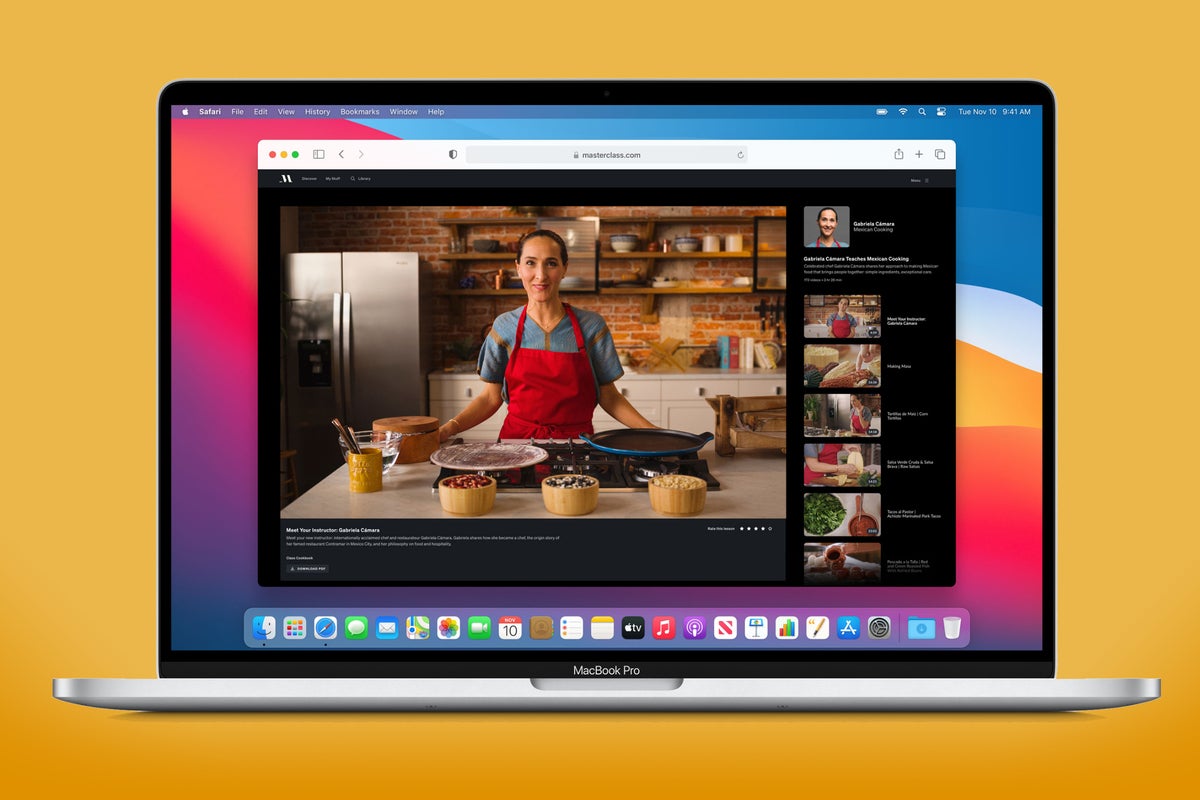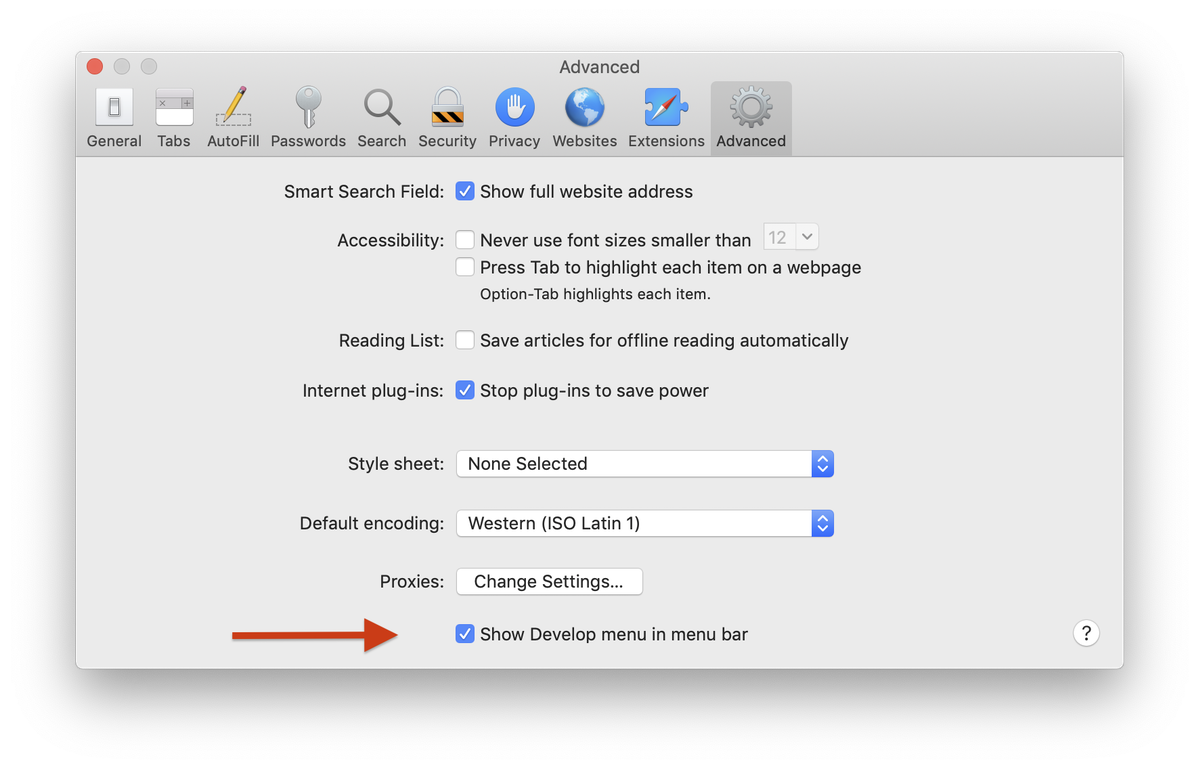

I’ve provided a link to the Download for Mac OS X on Opera’s website.
SAFARI FOR MAC 10.5.6 UPDATE
However, if you forget and it updates, you will simply need to follow the previous steps after the update has been applied.

You can look at other command line arguments here. This means, when you load the application, it executes firefox-bin. You may be asking yourself, why is firefox-bin so important? Well, firefox-bin is the bundle executable ( CFBundleExecutable) according to the ist in Firefox 2.app. The previous commands essentially rename firefox-bin to firefox.bin and create a new bash script to execute firefox.bin with a specified profile and to tell Firefox that it’s OK to run more than one instance. Open up Terminal and perform the following commands: cd /Applications/Browsers/Firefox\ 2.app/Contents/MacOSĮcho '/Applications/Browsers/Firefox\ 2.app/Contents/MacOS/firefox.bin -P firefox2 -no-remote' > firefox-bin Next, let’s modify the script to launch Firefox and setup our profile. Once installed, we need to immediately rename it. So, copy the Firefox application over to our /Applications/Browsers directory. Since I’m only interested in 2.x, 3.0.x and 3.5.x, I like to start with the oldest version first. In order to run multiple instances of Firefox, I’ve found the best way is to create a different profile for each version use that profile when launching the browser. Once you’ve downloaded the versions you’re interested in, let’s start the installation process. These are located on Mozilla’s FTP server. During the time of writing, 3.5.7 was the latest version. To get started, we need to download the specific versions. To my knowledge, there isn’t any profile management we need to perform unlike Firefox and Opera. All of the applications are named appropriately and ready to execute. To install, you simply download the files, and extract to our /Applications/Browsers directory. Multi Safari provides different versions of Safari with the specified WebKit bundled into the application.
SAFARI FOR MAC 10.5.6 INSTALL
So, in order to install previous versions, I use Multi Safari. Since I’m running OS X 10.6 with latest updates, Safari version 4.04 is installed.

Now, let’s install each browser individually. I will explain later why we place all of our browsers in the Browsers folder. On my machine, I have setup the following browsers and versions:įirst, I setup a folder in my Applications called Browsers ( /Applications/Browsers). For this article, we are focusing on setting up different browsers/version on OS X (10.6 - Snow Leopard).įor Mac, the most common browsers are Safari, Firefox, Opera and recently Chrome. Depending on your host operating system, you will also need to run virtual machines to test other operating systems and browsers. When doing web development, you need to test your work on many operating systems and browsers.


 0 kommentar(er)
0 kommentar(er)
